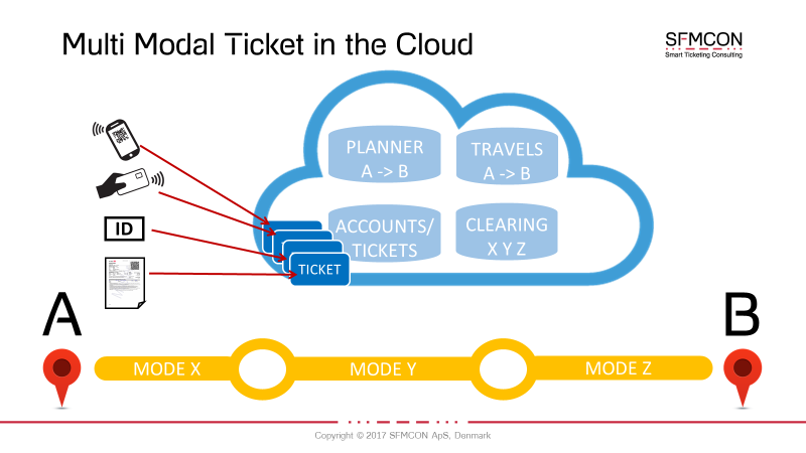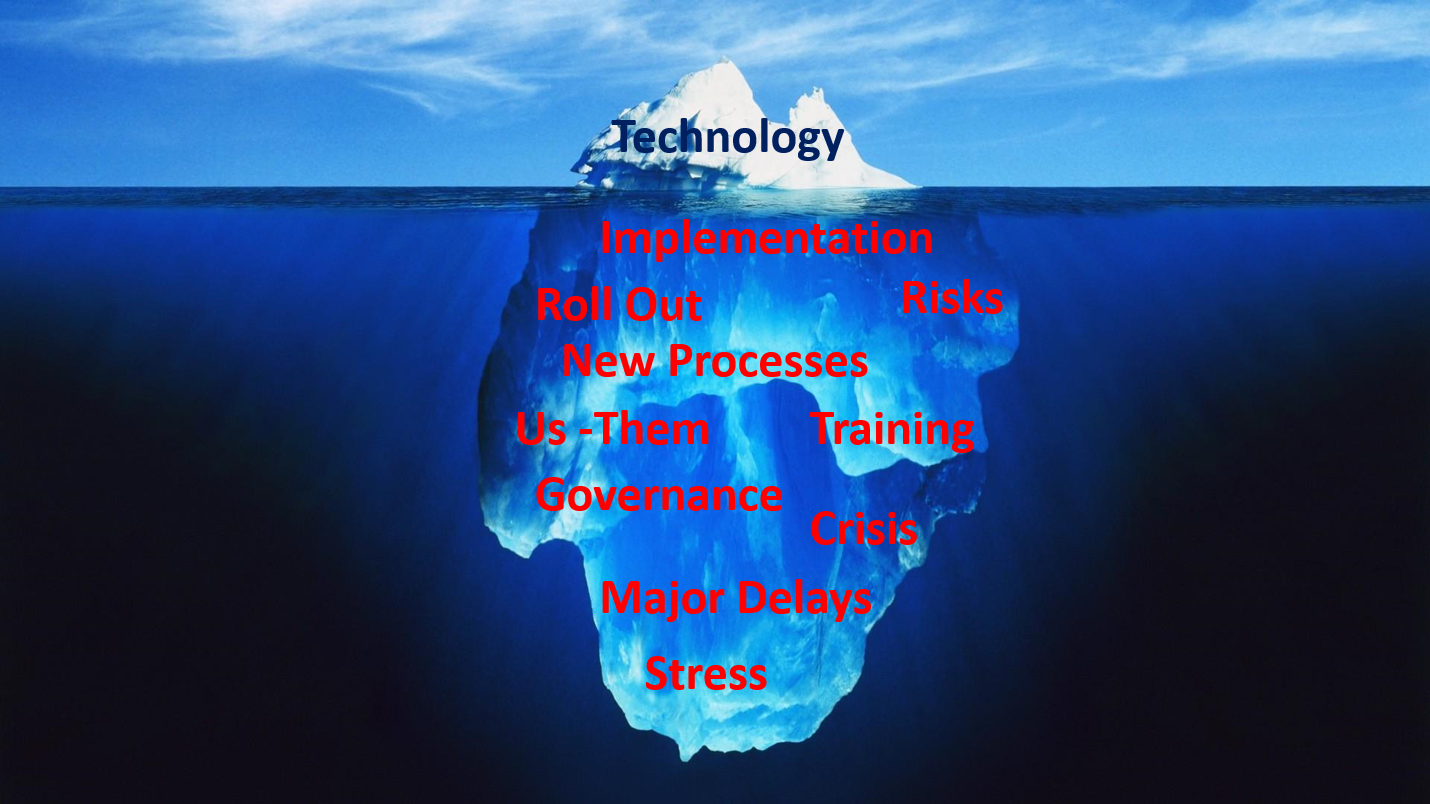It is not so much about technology – it is more about governance and will power
Smart mobility and ticketing in public transport can support seamless transport from A to B, increase passenger satisfaction and reduce congestion on the roads. It is not so much about technology. Today there are viable technical solutions available on the market. It is more about governance and will power of the various public authorities and public transport operators involved in the making.
People just want to know how they can get from A to B using the public transport network available, get the cost, pay and go.
Simplifying the user experience requires that the parties responsible for delivering the individual public transport service work closely together to provide a smart mobility eco-system. This includes supporting easy and synchronized transfer of modes, frequent service and easy to use planning, payment and support services.

Fig 1. Plan – book/Buy – Go. Making multimodal journeys seamless for the passenger requires good governance, coordination, sharing of data and fair share of revenue.
Shared vision and cooperation across more regulators individual span of control
The good thing: It is within regulators and transport administrators span of control to make it happen. However, it requires a shared vision and recognition of the benefits of cooperation to make a seamless web of public transport options to citizens and visitors.
The prerequisite: The actors and stakeholders have to agree on how to collect and share the information about the structure of all the routes, bus stops and stations and time tables and keep them up to date.
Also, a method to find the end-to-end fare from and to any bus-stop/station is necessary to support single payment.
Multimodal public transport a prerequisite for MaaS?
You can consider these actions as steps towards Mobility as a Service or MaaS, where you can use any available and convenient chain of shared mobility options, whether public or private, to create the door to door travel you need.
Smart mobility as a beacon, a “win – win – win” situation
An efficient smart mobility eco system is a beacon for the city, region and country signaling commitment to sustainable means of transport and reducing carbon footprint.
Co-operating in delivering a multimodal smart mobility ecosystem is a win, win, win situation:
- Those travelling receive guidance and can go from anywhere to anywhere else in the transport grid – win;
- Transport operators improve load-factors in vehicles and may even have to expand – win;
- Regulators in government, regions and municipalities can deliver a complete mobility infrastructure making it easier for citizens to roam around, commute or go to that important job interview – win.
A Bumpy Ride
A smart mobility project, however, can still be a bumpy ride: How do you get it right the first time? How do you establish good governance? What technology should you rely on? And how do you protect your investment?

Fig 2: The tip of the iceberg. Focus tend to be on technology. Yet the real challenge is to understand and manage the items below the waterline
Having managed to agree on the principles for cooperation to create a seamless shared mobility network, focus shifts to specification, procurement and implementation of the smart mobility system.
History from other projects show that implementation of multimodal smart mobility systems can be a bumpy ride. It is necessary to be careful and manage the risks inherent in reducing the investment and risks inherent in the creation and implementation of these complex systems.
The Mission
The mission of SFMCON is to facilitate the creation of smart mobility schemes and minimize the risk items hidden below the waterline of the beautiful looking smart mobility technology iceberg.
How do we best accelerate use of shared mobility to reduce congestion and improve air quality in cities. Discuss with Søren and others on LinkedIn or take the opportunity to discuss further directly with Søren here or email directly here.
